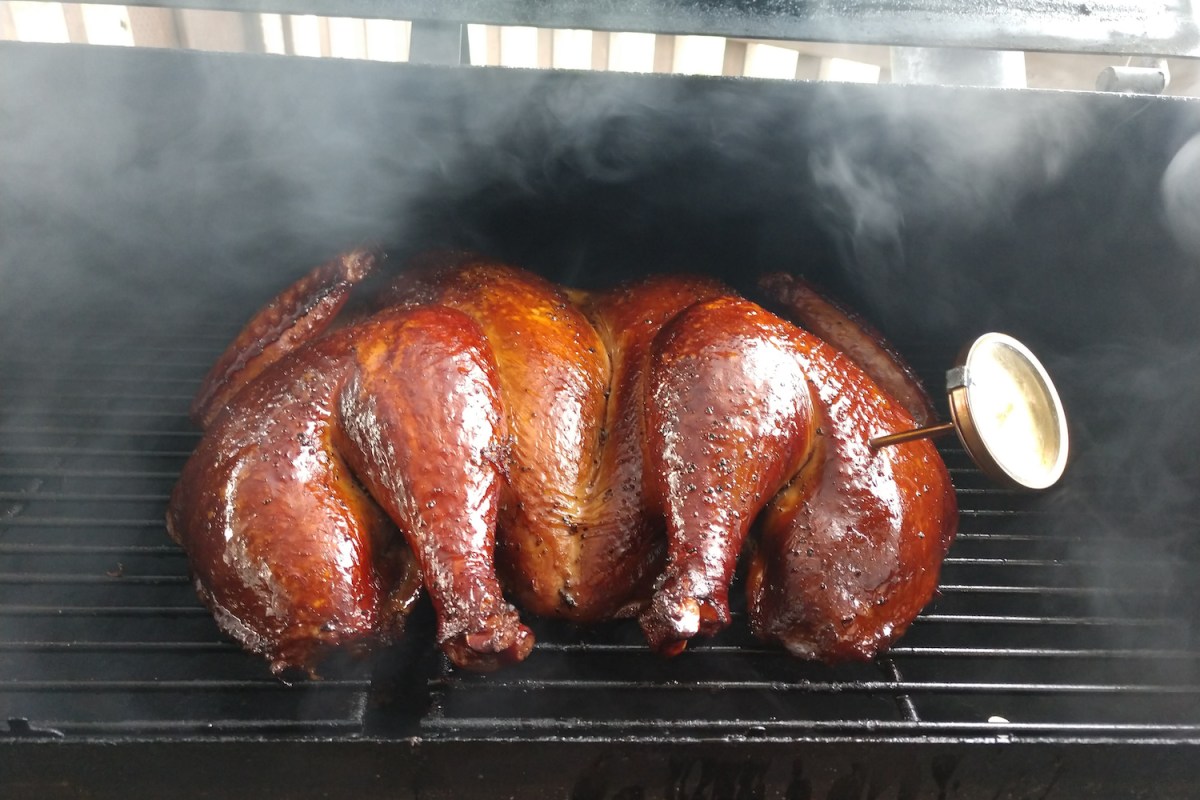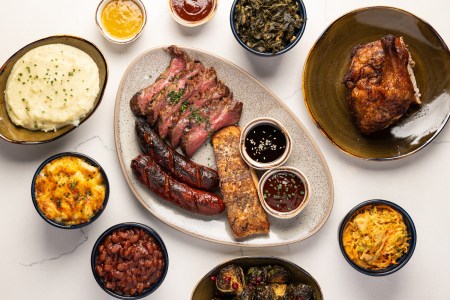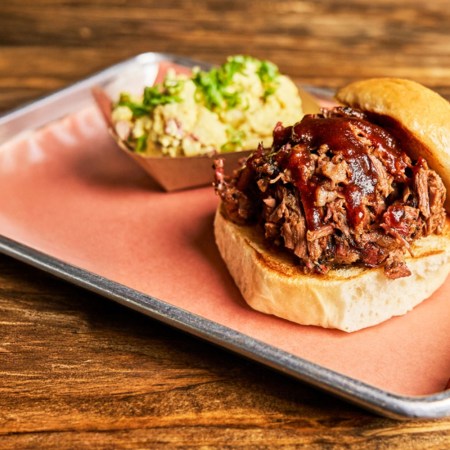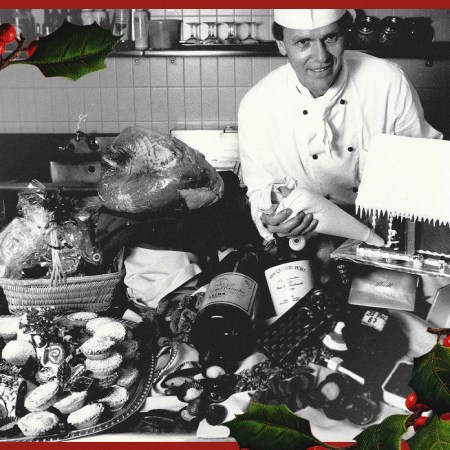Smoking meat has seen an explosive rise in popularity in the past several years. Technology has brought us electric smokers that take some guesswork out of the cook, especially for those who want to dabble but don’t have time to tend the fire all day. In addition to having the right tools, wood choice plays a pivotal role in achieving the mouthwatering flavors and aromas of smoked meats. But with so many types to choose from, it’s easy to get lost in a cloud of smoke. So we’re breaking down some of the most common smoking woods and explaining the best wood for smoking turkey, beef, pork and more. And for good measure, we also debunked some common myths to help you achieve barbecue mastery.
How to Decide on a Wood
When smoke meets meat, a fascinating chemical transformation unfolds. Complex compounds within the smoke interact with the proteins and fats in the meat, resulting in the creation of new savory and sweet molecules, which enhance the taste and texture of the meat. While there is some flexibility, using the wrong wood can lead to undesirable chemical reactions, producing overpowering bitterness or underwhelming flavors. So knowing the characteristics of each type of wood helps us understand how it pairs best.
- Mesquite: Known for its strong, bold flavor, mesquite is a favorite in Texas barbecue. It’s an excellent choice for beef and other robust meats, but use it sparingly, as it can become overwhelming.
- Hickory: Hickory is the quintessential choice for smoking pork. Its sweet, umami flavors complement pork ribs, shoulders and hams beautifully.
- Oak: Oak provides a medium smokiness that’s versatile for various meats. It’s great for pretty much everything but particularly shines with beef and game meats.
- Applewood: If you’re smoking poultry or pork, applewood is a top pick. It imparts a subtle sweetness and mild smokiness, enhancing the taste of chicken, turkey and pork chops.
- Cherry: Cherry wood offers a mild, fruity flavor that pairs well with poultry and pork, making it a delightful choice for smoked ham or duck.
- Pecan: Pecan wood combines a sweet, nutty flavor with a mild smokiness. It’s a fantastic choice for both poultry and beef, making it a versatile option to always have in stock.
- Maple: Maple wood adds a delicate, slightly sweet touch to smoked dishes. It’s excellent for lighter meats like chicken, turkey and even works for vegetables.
This LA Chef Is Sharing His Secret Tips for Smoking Meat Like a Champion
Plus, some rookie mistakes to avoidLeave These Three Myths Behind
While selecting the right wood is key, there are other pitfalls associated with smoking meat. When overlooked, these three myths can lead to a less-than-perfect smoking experience.
Myth 1: Any Wood Size Will Do
One common misconception is that the form of wood used for smoking — chunks, pellets or chips — makes little difference in the final outcome. However, each wood form has distinct characteristics. Chunks are ideal for extended smoking, pellets offer convenience and chips provide intense bursts of flavor. Your choice can significantly impact the flavor, duration and convenience of your smoking experience. But for most general smoker applications, chips are the most versatile and forgiving choice.
Myth 2: Soak Wood Before Using
Most guides suggest that soaking wood, especially chips, in water before using it in your smoker will prolong the smoking process. But this practice can actually be counterproductive. When wood chips are soaked, they first need to dry out before they can smolder and produce smoke. This delay not only makes it challenging to maintain a consistent smoking temperature, but it results in uneven and unpredictable smoke production. Dry wood chips, on the other hand, ignite more readily and provide a steady, reliable stream of smoke, enhancing and streamlining the whole process. The next time you prepare to smoke your favorite meat, skip the soaking process for more consistent and efficient results.
Myth 3: More Smoke = Better Flavor
It’s a common misconception that more wood equals better flavor when smoking meats. But excessive smoke, often termed as “over-smoking,” can overwhelm your meat, leaving it with a harsh and acrid flavor. In a successful cook, there’s a delicate equilibrium between the smoke and the protein, which allows the meat’s natural flavors to shine. It’s essential to practice moderation with smoke; often, less can yield a more enjoyable and well-rounded outcome.
Every Thursday, our resident experts see to it that you’re up to date on the latest from the world of drinks. Trend reports, bottle reviews, cocktail recipes and more. Sign up for THE SPILL now.

























